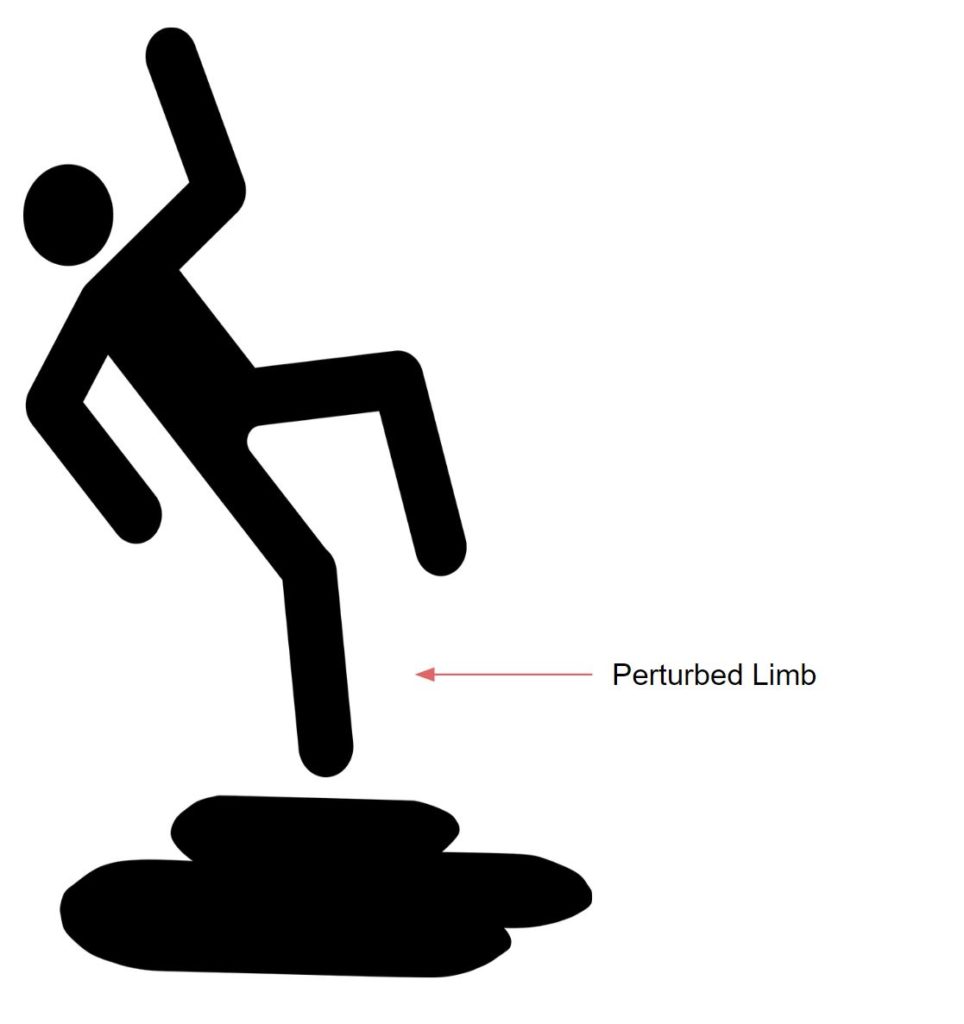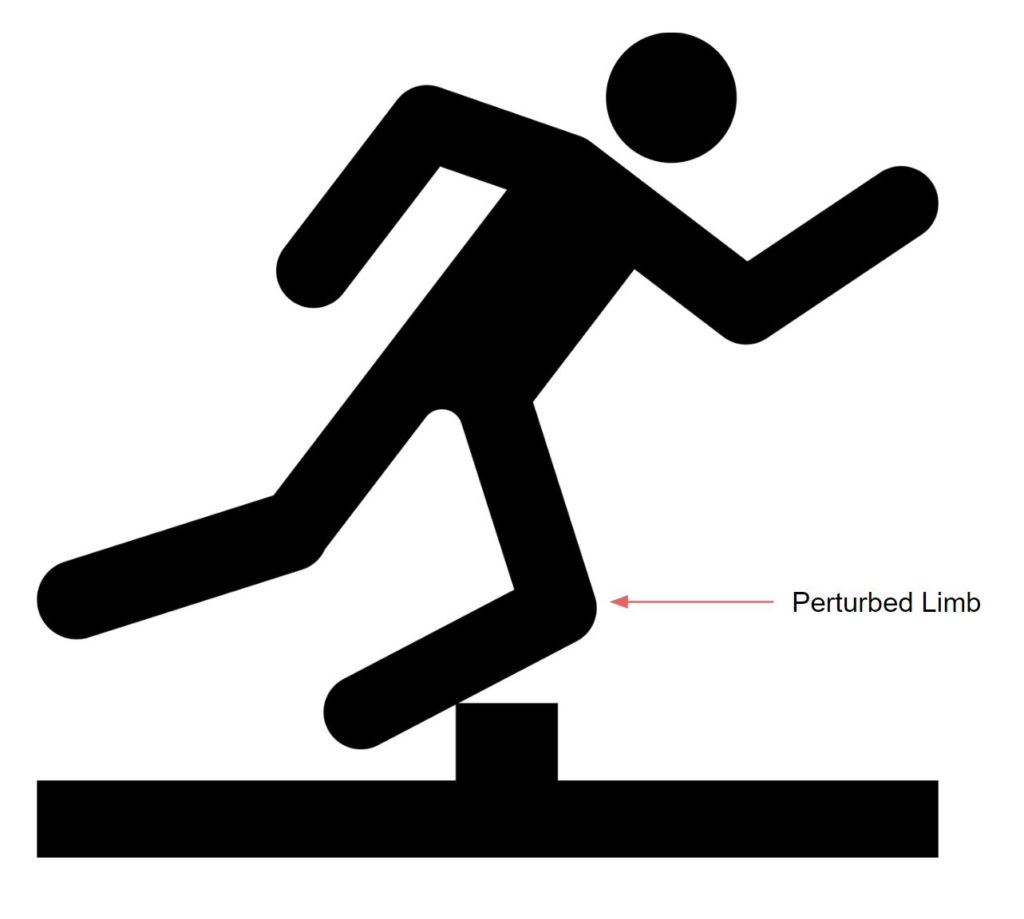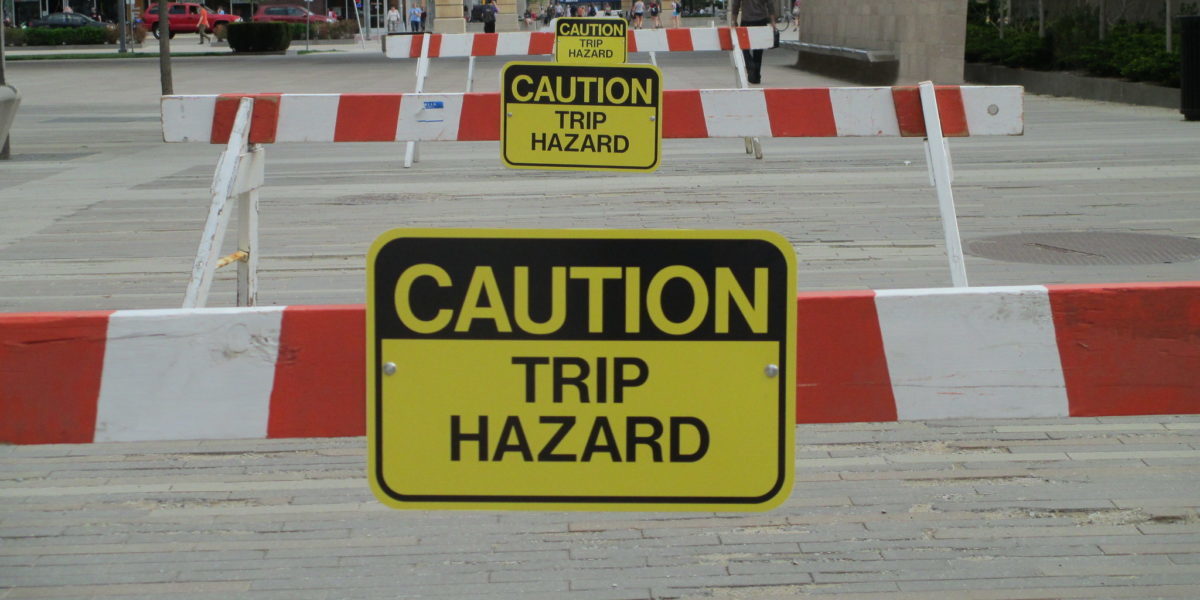Everyone has slipped or tripped at some point in their lives. Whether it is walking on an icy road to get to your car or tripping over the Lego set your kid refused to put away, everyday obstacles can cause us to lose our balance. Often this results in a brief moment of panic followed by the uneasy relief of regaining your footing, but for those who aren’t lucky enough to avoid falling, the results can be devastating. This is especially prevalent in populations more susceptible to falling. Falling in the workplace accounts for 16.8% of all non-fatal injuries leading to days taken off work. It is thought that this is due to the high volume of slipping or tripping obstacles encountered in some occupations. Additionally, 36 million falls resulting in 32,000 deaths were reported for the 65+ year old population of the US. Elderly individuals may lack the strength and reflexes necessary to recover their balance quickly. This is especially worrisome because the elderly are also the most at risk for the major health complications that can be caused by fall related injuries.
While it may not always be possible to avoid the obstacles that cause us to slip or trip, it may be possible to decrease your likelihood of falling as a result. Biomechanics researchers Daniel Marigold, Sjoerd Bruijn, and Rakié Cham attempt to determine what human responses allow us to recover our balance after slipping or tripping. To do this, these researchers subjected volunteers to a slip or trip course where they would be caused to periodically slip or trip. When the subject slipped or tripped, the researchers would use a special camera to map out the subject’s movements throughout the response and sensors placed on the subject and course to determine the muscles and forces acting throughout. As a result, the researchers were able to find various patterns that may explain how some subjects were better able to recover their balance.

When discussing slip and trip responses, researchers distinguish between a subject’s legs by defining the leg that first encounters the slippery surface or hits the tripping obstacle as the “perturbed limb.” On the other hand, the leg that does not encounter the obstacle first is called the “unperturbed limb.”


Though each researcher devoted their attention to a different limb response, there were similar patterns seen throughout all of the research. Firstly, it was found that the unperturbed limb is used within slipping or tripping primarily to catch the body. For example, under slipping, the unperturbed limb would help catch the body by touching the ground briefly near the perturbed limb before taking its subsequent step. Similarly, when tripping on an obstacle, the unperturbed limb would step over the obstacle to catch the subject. Additionally, it was found that subjects were able to recover better when their arms were extended as opposed to abruptly brought into the body. Researchers struggled to come to a consensus on why this is the case, but Marigold believed this was the body’s way of balancing its offset mass (like when someone extends their arms while walking on a balance beam). On the other hand, Bruijn thought that it was important to keep one’s arms extended and moving to delay the transfer of their momentum (arm mass movement) to the rest of the body, like when a spinning figure skater keeps their arms extended to spin slowly. Finally, it was found that the perturbed limb responded by attempting to pull back towards the neutral standing position. When you slip, your perturbed limb tends to slide forward and away from your body, so in response, the muscles in this limb try to pull it backwards and towards your body.
So your body responds by catching itself with the unperturbed limb, extending your arms, and pulling the perturbed limb closer to your body, but what makes some people more successful at this than others? Researchers emphasize acting quickly but not abruptly. Though reaction time is important, subjects who panicked would rush the stabilizing step with their unperturbed limb, pull their arms in suddenly, and pull their perturbed limb inwards too harshly. It seems that the best thing to do when slipping or tripping is to remain calm and allow your body to react at its own measured pace.
Featured Image cropped from Careful by Michael Leland which is licensed under CC BY-NC 2.0.
